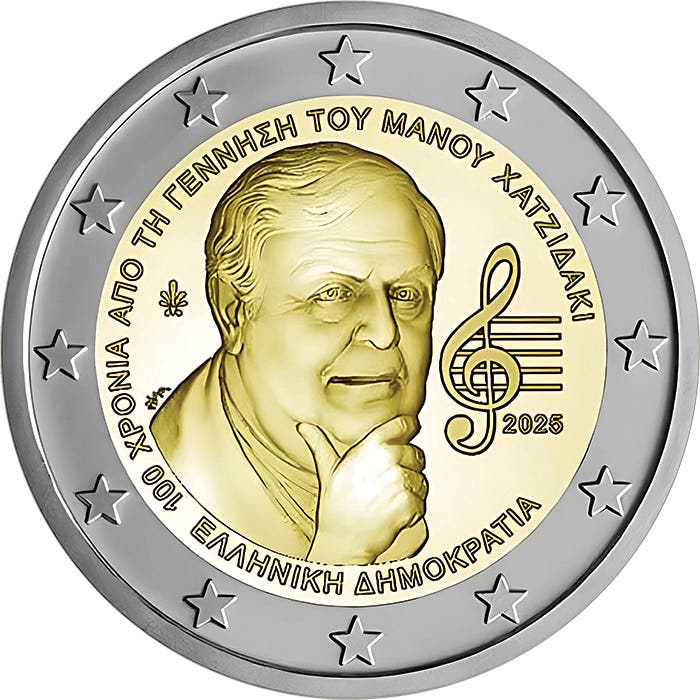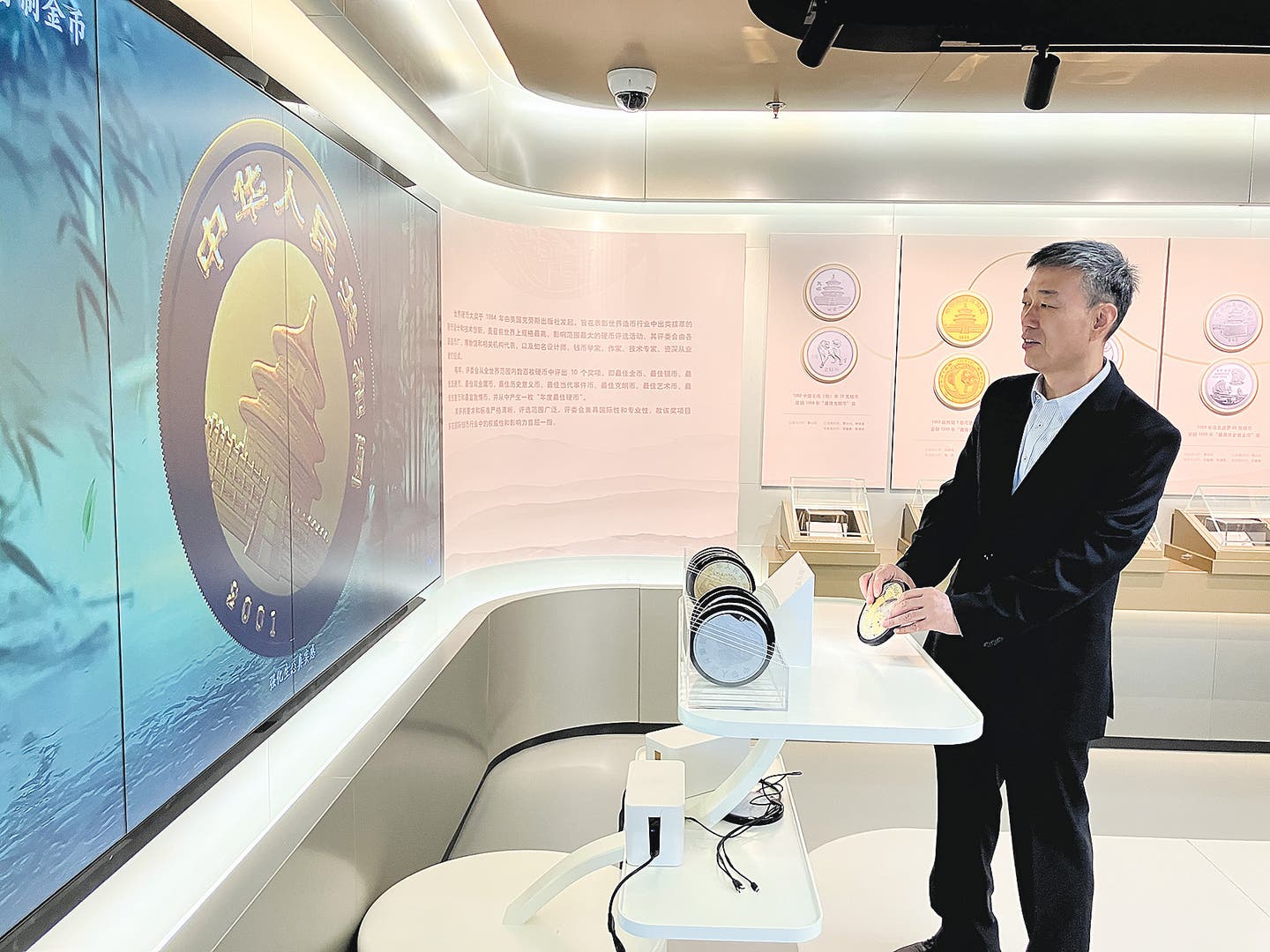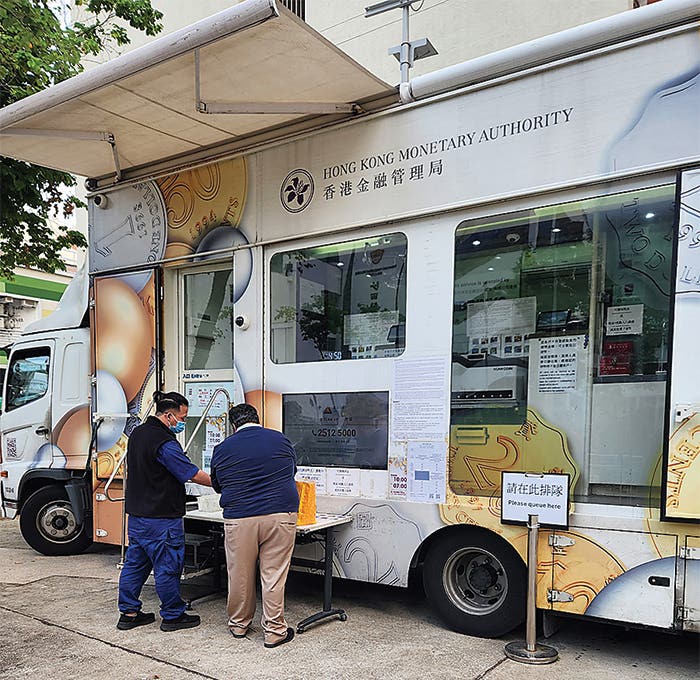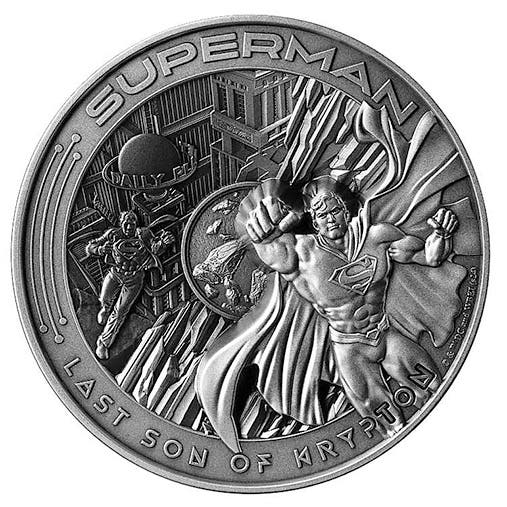Fort Knox gold arrived in 1937
By Richard Giedroyc When was the original gold deposit placed in Fort Knox? The U.S. Gold Bullion Depository at Fort Knox, Ky., was built in 1936. In the first six…
By Richard Giedroyc
When was the original gold deposit placed in Fort Knox?
The U.S. Gold Bullion Depository at Fort Knox, Ky., was built in 1936. In the first six months of 1937, there were 445,501 gold bars, weighing 157,820,192 troy ounces, brought by train from the New York Assay Office and the Philadelphia Mint, with a value of $5.52 billion.
Is there a precedent for our clad coinage?
Clad coinage has been around for some time. The Greeks instituted a silver-clad copper coinage after A.D. 700.
How are the clad layers bonded to the copper core for our clad coinage?
Explosive bonding came first and was discarded in 1967 as too expensive. A pressure bonding method was then developed and used. Explosive bonding involved a thin layer of explosive that was detonated to drive the three layers together. A pressure bonding method was substituted for the explosive method. A bonding process line was installed at the Philadelphia Mint in 1969, doubling the cost of the building, only to be abandoned later in favor of purchasing bonded strip from outside suppliers.
Are the 1982 zinc cents the same as the 1943 “lead” cents?
There is a persistent misconception that the current cents should be magnetic. The 1943 cents were commonly called “lead” cents, but were actually zinc-plated steel. Since 1982 the cents are copper-plated zinc. The 1943 cents are magnetic because of the steel core, while the 1982 and later cents are not. Zinc has no magnetic properties.
Coins have a long life expectancy, but wasn’t there an unusual period estimated for the steel cents?
When the 1943 zinc-plated steel cents went into circulation, Moses E. Smith, superintendent of the Denver Mint is quoted as stating, “Steel pennies (sic) will probably be in circulation for the next 100 years.” This ranks with President Johnson’s statement that silver coins would remain in circulation alongside the clad coins in 1965.
A coin I sent to a grading service was returned with the notation that it had been “whizzed.” What does this mean?
Your coin has been altered. The American Numismatic Association definition is: “The artificial treatment of a coin by wire brushing, acid dipping or otherwise removing metal from the coins’s surface to give it the artificial appearance of being in a higher grade.”
I have a 1903-dated Lincoln cent. Is this a pattern?
You undoubtedly have an altered or counterfeit coin. There were no patterns for the Lincoln cent at that time.
Which fake coin generates the most questions for your column?
It’s a toss-up between the 1943 “copper” cents and the $20 Blake & Co. copies. I’d lean to the latter piece, as anything having to do with gold attracts more attention. The Chrysler Corp. gets the blame for the Blake pieces, since they passed out thousands of them in 1969 as an ad stunt. Both coins seem to run in cycles, as do many other fake and genuine coins.
I have a coin with extra incuse (and reversed) designs on both sides. How could that happen?
You have a “sandwich” alteration. It was produced by sandwiching a coin between two others, then hammering the pile, producing a coin that has incused, reversed images of the two outside coins in the pile. These are often mistaken for a double strike.
I have a coin that has a very thick edge, but no reeding. Was this done at the Mint?
From your description, your coin has had the edge hammered. This will thicken it and eliminate the reeding, and explain why it is undersized. This was frequently done on larger coins as the first steps in making a silver coin into a ring.
I have a wrong-metal coin I’m trying to identify. A dealer wanted to file the edge to test it. Is there a better way?
Cutting, filing, nicking, scraping, scratching or cleaning are all destructive tests, so I hope you didn’t allow it to be done. Weigh the coin, instead. Weight is a non-destructive test that will usually tell you far more about a coin. If it is out of round, or has a wrong weight with areas of a weak or missing design, then it might be a wrong-metal or wrong-planchet strike with some possible value. If it is plated, it is virtually impossible to cut through the plating short of cutting a notch in the coin with a file.
Was it possible to demagnetize the old steel cents so they wouldn’t be attracted to a magnet?
No, but whether a piece of steel is magnetized has no bearing on whether it will be attracted to a magnet. What it does is make the steel cent into a magnet itself. It’s an old trick used by machinists who magnetize a screwdriver blade to recover a screw or nut from a tight place. A steel cent will be attracted to a magnet, even if plated, making it a good test for plated cents.
I thought it was illegal to gold plate U.S. coins, but I’ve seen them offered for sale. What’s the story?
Until the Gold Regulations were amended on April 23, 1971, it was illegal to gold plate any U.S. coin, and for that matter, it was also illegal to import or export gold-plated coins. Now any coin can be plated, but a plated coin is an altered coin with no collector value, though they have been popularly sold as souvenirs.
Why is it that if the law requires that an eagle appear on our coins, that such coins as the Bicentennial quarters and some of the commemoratives don’t show one?
The law is specific, requiring an eagle on circulating coins from the quarter up, with the dime, nickel and cent exempt. However, the legislation authorizing special issues such as the Bicentennial coins and commemoratives exempt the particular issue from the requirement.
What is meant by “registering” a coin or medal design?
The term refers to a coin or medal, or for that matter a die being hubbed, which can be struck more than once in a single-strike press. For the second impression, the die and coin, (or die and hub) are “mated,” or registered, so that the struck design fits into the incuse design in the die exactly as it was struck the previous time. It is when the die or hub is “out of register” that we get a doubling of the impression, or a doubled die.
This article was originally printed in Numismatic News Express.
>> Subscribe today
More Collecting Resources
• Come on down to the Chicago International Coin Fair in Rosemont, Ill. on April 14 to 17, 2016 to see impressive world coins, meet new collectors and participate in Heritage Auction’s fantastic coin auction.
• The Standard Catalog of World Coins, 1801-1900, 8th Edition is your guide to images, prices and information on the century's coins.









